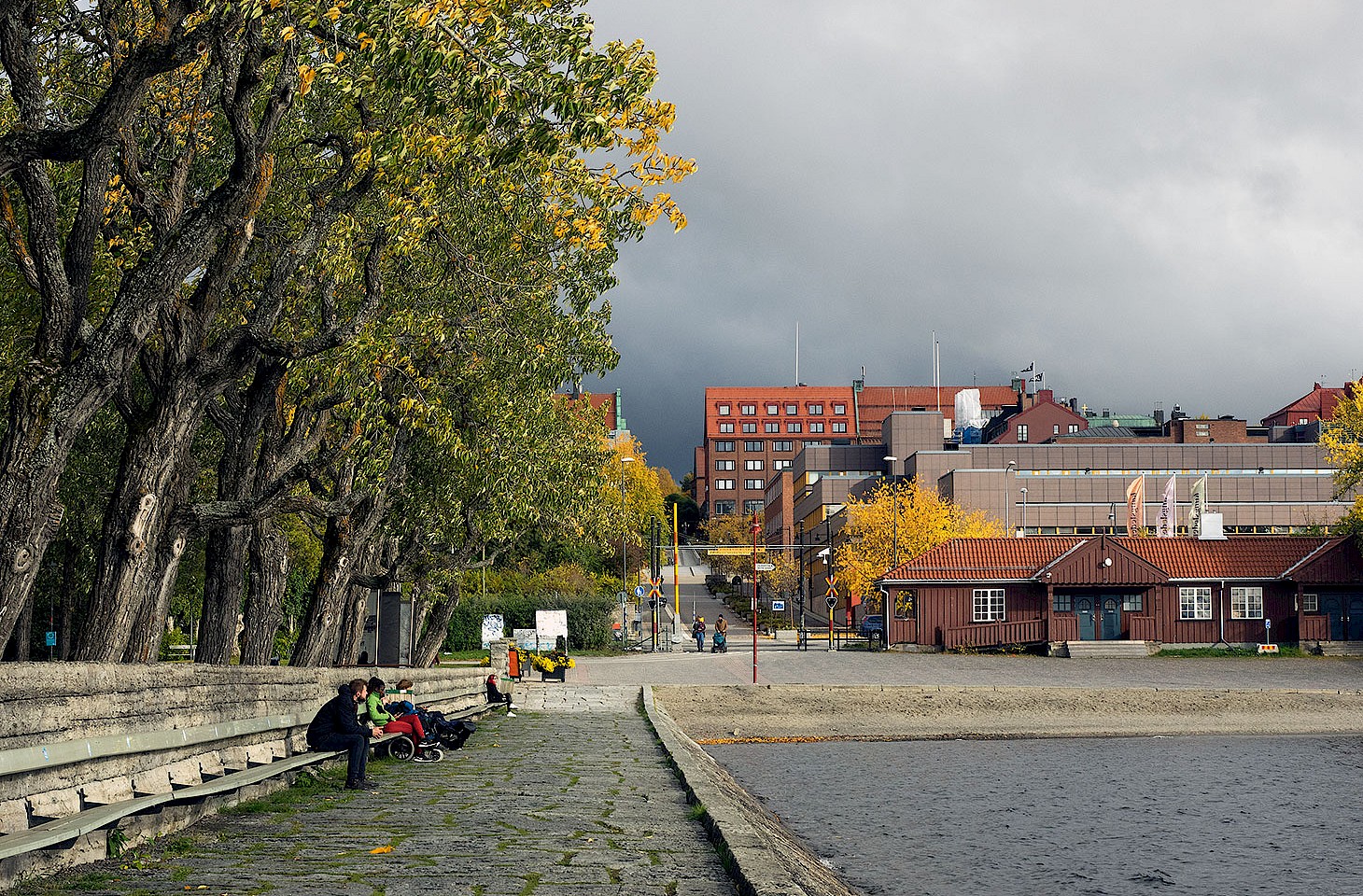Mirek Trejtnar sits at a trestle table in his workshop. A long, oval wooden face gazes up from the table in front of him as he slowly, meticulously works the details of the eyelids with a fine chisel.
Outside, it is a grey afternoon in Prague. The workshop is brightly lit, and filled with the scent of fresh sawdust. Around the walls, shelves are stacked with boxes filled with coloured cloth, each one neatly labelled. There are trays filled with chisels. Brightly painted marionette puppets, suspended from a wooden rack, stare silently into the room with expressive faces.
Mirek is a puppet maker and woodcarver who has been making puppets for most of his adult life. Together with his partner Leah Gaffen, he runs Puppets in Prague, which offers immersive workshops that provide a window into the magical world of Czech puppetry.
In the beginning
The history of Czech puppetry as we know it today begins in the 18th and 19th centuries, with itinerant puppeteers travelling through the Bohemian countryside, performing in Czech at country fairs. At that time, when the Czech lands formed part of the Habsburg Empire, theatre performances in towns and cities were in German. These itinerant puppet shows were therefore not only the first contact the majority of people in rural areas had with theatre of any kind — they were also the only kind of theatre which was routinely performed in the Czech language.
Czech puppetry was embraced by the Czech National Revival movement, which also focused prominently on the use of the Czech language, and saw these itinerant puppeteers as protectors of Czech language and culture. The status of puppetry was thus elevated to an art form enjoyed by intellectual circles and revivalists. Leading artists and sculptors began designing and making puppets, which became increasingly more detailed and stylised, resulting in an extraordinary level of refinement. Family puppet theatres became popular, often beautifully designed and decorated. Not that this in itself necessarily improved the lot of the puppeteers, many of whom died penniless.


